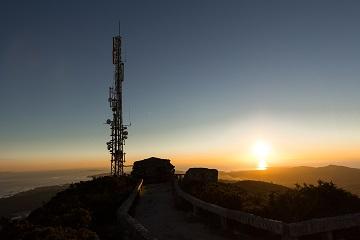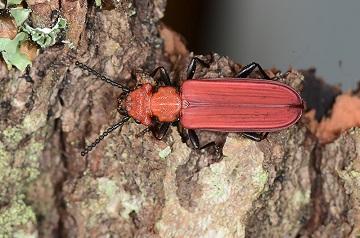
Forests are home to 80% of the Earth's biodiversity. But they are under severe threat due to climate change. In summer 2017, the land burned by wildfires in Spain, Italy, and Portugal was equivalent to a quarter the size of Belgium. And in 2018, even Sweden was affected, reporting its worst fire season ever. Several LIFE projects are working to help our forests cope with this rising threat.
As part of its 2030 Biodiversity strategy, the EU aims to improve how we cope with forest fires. Also, the European Commission has set up an Emergency Response Coordination Centre (ERCC), while the EU’s Copernicus Emergency Management Service uses satellite imaging to help countries monitor forest fire emergencies. Meanwhile, the European Forest Fire Information System (EFFIS) puts together European data on the impact these blazes have across all Member States.
Many LIFE projects are helping reduce the devastating impact forest fires have on the environment and our lives. Below are some examples.
Mapping danger zones
Forests are full of needles, grasses, small twigs, branches, and logs, which can burn easily. To have an idea of how combustible a forest is requires a so-called “Fuel Classification Map”. This map indicates which woodlands are more prone to fires. But the Mediterranean didn’t have many comprehensive maps available. With the help of satellite imagery, the ArcFUEL team helped develop these maps for the whole of Greece and Portugal and in various regions across Italy and Spain.
Embracing technology to save lives and cut emissions
Early detection and better communication between firefighting teams are vital to control forest fires, save lives, and cut greenhouse gas emissions. The team at LifeTEC is looking at how weather radars can help detect forest fires. It is also assessing a digital radio system called Terrestrial Trunked Radio (TETRA) for communicating with fire-fighting teams. The project is taking place in north-west Spain, and Portugal. The goal is to detect forest fires 20% quicker and speed up response times.

Grazing for fire prevention
Forest fires don’t just happen because of the hot weather. There are other factors like fewer people living in rural areas and highly flammable trees and grasses that come into play. The LIFE LANDSCAPE FIRE team is combining controlled fires with an innovative grazing technique to reduce forest fires in several areas in Spain and Portugal. This technique involves farmers grazing their livestock in fire break zones to reduce the vegetation which could catch fire in the event of hot weather.
Making good use of forest fire waste
The waste from forest fires is usually burned as part of the cleaning process, releasing a lot of greenhouse gases into the atmosphere. The LIGNOBIOLIFE team hopes to derive valuable resources like bio-asphalt and fertilizer from this forest waste. This means fewer flammable materials on the forest floor. The project team hopes to produce this fertiliser and asphalt and sell it on the market.

Controlled burning for more biodiversity
Despite being potentially devastating, some forest fires can have ecological benefits. In fact, there are around 100 kinds of plants, fungi, and animals that need forest fires to survive. To protect and enhance these species, the team at LifeTaiga lit around 120 controlled fires in several Natura 2000 sites across Sweden, bringing new life back to the woodlands. Their “burning for nature conservation” approach is carried out by nature conservation staff trained in fire management, while local fire firefighters are also on hand to help keep the fires under control.

It’s a beetle’s life
Several kinds of beetles rely on dead and decaying wood to survive, while other types thrive on the smoke and heat from forest fires. The team at Beetles Life aims to improve the conservation status of various beetle species that live in the boreal forests and bog woodlands in Finland. To do this, they are carrying out simulations of storm damage as well as controlled burning actions to increase the amount of decaying wood for the beetle to feed on. The team is also working with schools, families, and forest fire experts to raise awareness of the species’ importance.

Details
- Publication date
- 1 September 2020
- Author
- Executive Agency for Small and Medium-sized Enterprises

